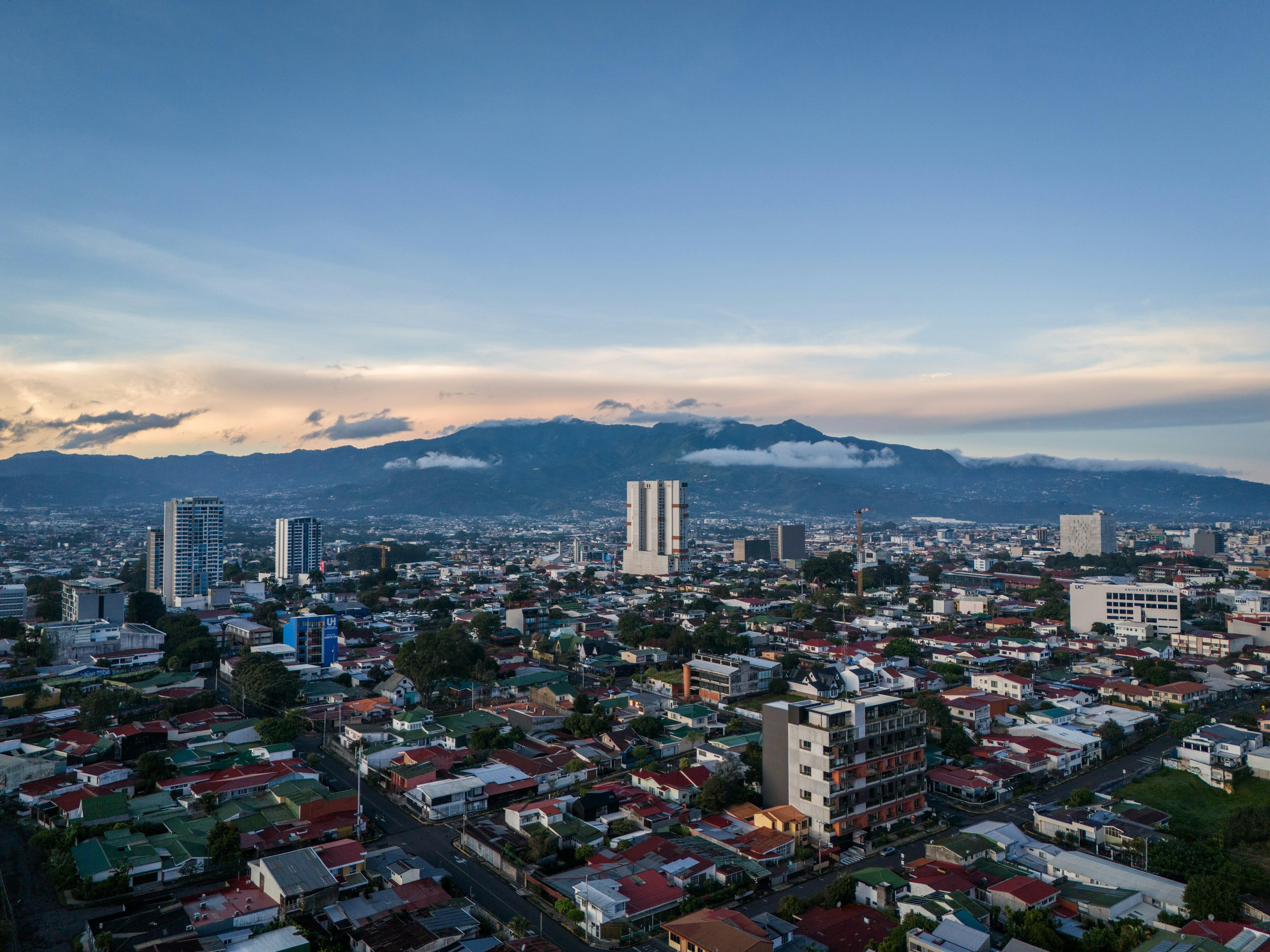Christopher Nolan‘s 2008 film, The Dark Knight, transcends the boundaries of a typical superhero movie, weaving a complex narrative that resonates with profound political undertones. While the film captivates audiences with its gripping storyline and compelling characters, it simultaneously serves as a mirror reflecting societal anxieties and ethical dilemmas. This article seeks to delve into the intricate political messages embedded within the film, examining how Nolan’s cinematic masterpiece navigates themes of power, justice, and morality in a world teetering on the brink of chaos. By dissecting the symbolic representations and narrative choices, we aim to uncover the film’s commentary on contemporary political landscapes, offering a nuanced understanding of its enduring impact on both cinema and society.
Analyzing the Duality of Order and Chaos in Gotham
Gotham City, as portrayed in “The Dark Knight,” is an intricate tapestry woven with threads of both order and chaos, each represented by its key figures: Batman and the Joker. Batman, the embodiment of order, operates within a framework of rules, albeit his own, striving to maintain a semblance of peace and justice in a city teetering on the brink. His methods are meticulous, his intentions clear, and his impact undeniable, yet he is constantly challenged by the chaotic forces that threaten to unravel his efforts. The Joker, on the other hand, revels in the unpredictable and anarchic, pushing Gotham into a state of disarray to prove the fragility of societal structures.
- Symbol of Order: Batman’s strategic approach to crime-fighting highlights the necessity of structure in a lawless environment.
- Agent of Chaos: The Joker’s actions serve as a critique of the thin veneer of civilization, questioning the sustainability of imposed order.
- Political Commentary: The film explores the delicate balance between freedom and security, questioning whether true order can exist without some element of chaos.
This duality is not just a narrative device but a reflection of the political landscape, where the tension between control and anarchy is ever-present. Through the interplay of these forces, “The Dark Knight” provides a profound commentary on the nature of governance and the perpetual struggle to maintain equilibrium in the face of inherent human unpredictability.

The Joker as a Symbol of Anarchic Philosophy
In Christopher Nolan’s The Dark Knight, the Joker emerges as a compelling embodiment of anarchic philosophy, challenging the established order with his chaotic ethos. He is not merely a villain but a catalyst that exposes the fragility of societal structures. The Joker’s actions are driven by a desire to dismantle the illusion of control that governments and institutions uphold. His philosophy can be distilled into several key tenets:
- Rejection of Authority: The Joker consistently undermines traditional power dynamics, demonstrating how easily they can be subverted.
- Embrace of Chaos: He believes in chaos as a natural state, arguing that attempts to impose order are futile and inherently hypocritical.
- Subversion of Morality: By orchestrating situations that force individuals to confront their moral boundaries, he reveals the subjective nature of ethics.
The Joker’s character serves as a mirror to the audience, reflecting the unpredictable nature of human behavior when stripped of societal constraints. Through his anarchic lens, the film invites viewers to question the very foundations of justice and governance, leaving us to ponder whether order is truly achievable or merely an elaborate facade.

Harvey Dents Transformation and the Fragility of Idealism
Harvey Dent’s evolution in The Dark Knight serves as a poignant exploration of how idealism can be both a beacon of hope and a fragile construct. Initially portrayed as Gotham’s “White Knight,” Dent embodies the potential for a society to uphold justice without succumbing to the chaos surrounding it. His transformation into Two-Face, however, underscores the perilous path of maintaining moral integrity in a world rife with corruption and unpredictability. This metamorphosis is not just a personal tragedy but a broader commentary on the vulnerabilities inherent in placing faith in a single, infallible ideal.
- Duality of Human Nature: Dent’s shift from hero to villain highlights the internal conflict between righteousness and vengeance.
- Impact of External Forces: His downfall is accelerated by the pressures and manipulations of those around him, illustrating how external factors can erode personal ideals.
- Symbolism of the Coin: The coin, once a symbol of fairness, becomes a tool of chance, reflecting Dent’s loss of control over his destiny and the randomness of justice.
Ultimately, Harvey Dent’s journey in the film reveals the delicate balance between hope and despair, illustrating how easily idealism can be dismantled when faced with overwhelming adversity. This serves as a stark reminder of the complexities involved in upholding justice and the importance of resilience in the face of moral challenges.

Implications of Surveillance and Ethical Dilemmas in Batmans Tactics
Batman’s use of surveillance in “The Dark Knight” raises significant ethical questions, as his tactics often blur the lines between heroism and authoritarianism. By using Lucius Fox’s sonar technology to monitor Gotham City, Batman engages in a form of mass surveillance that resembles the controversial practices of real-world governments. This raises several ethical dilemmas:
- Privacy vs. Security: The ethical conundrum of sacrificing individual privacy for the perceived greater good of public safety.
- Accountability: Who holds Batman accountable for the potential misuse of such invasive technology?
- Consent: The absence of public consent or awareness in the deployment of surveillance tools.
These tactics reflect broader societal debates on the balance between security and civil liberties, challenging audiences to consider the implications of unchecked power. The portrayal of Batman’s surveillance methods invites viewers to question the moral cost of achieving security, especially when wielded by an individual outside the bounds of legal and democratic oversight.
